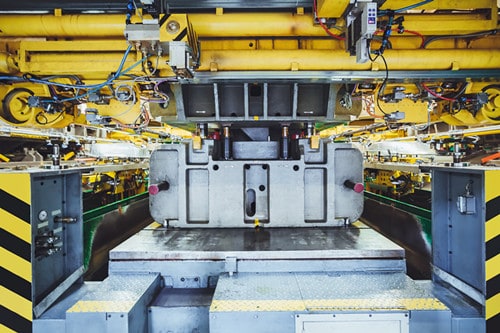In the past, people had different understandings of “stamping”. Some people equated stamping with blanking. A few years ago, stamping mainly used mechanical presses and screw presses. Now this situation has changed and hydraulic presses are increasing becoming the best choice.
Hydraulic presses appeared in the late 1930s. Many hydraulic presses assisted the forming process, such as punching, piling, rivets, embossing, shearing, crimping, etc., and some for blanking and stamping.
Definition
Only by truly understanding the definitions of stamping, blanking, and deep drawing, you can decide whether to choose a hydraulic press. Blanking is to cut, shear, and punch the plate to make it into the shape we need. The material can be a single thin plate or a continuous stepped strip.
Stamping can be understood as blanking, but also includes forming, bending, flanging, punching and other processes. In addition to the above-mentioned processing types based on blanking, the pressing process can be a forming press.
Deep drawing refers to the process of positioning the blanking part in the mold, and when the press is performing punching. The blank holder controls the flow of metal to form a cavity workpiece. Generally speaking, deep drawing refers to the workpiece whose depth of the drawn part exceeds 1/2 of its diameter.
The mechanical press has a simple structure, fast production cycle, high efficiency, and is suitable for large-volume. It is basically for simple blanking and forming processing. The hydraulic press is suitable for small and medium batch production, which has JIT requirements, changes in shape, and requires more precise speed, pressure, and position of the slider, and a production mode that is processed according to the order.
In Conclusion
When you decide to purchase a hydraulic press, in addition to evaluating several factors involved in this article, there are also safety, ease of maintenance, installation cycle, cost, etc. You should also provide the hydraulic press supplier with your requirements for press performance. In a nutshell, you should provide as much detail as possible.
What is more critical for the manufacturer is the production cycle, budget, mold design, and workpiece structure. The number of mold changes, the external dimensions of the press, and the purpose of the project are also crucial.
In order to make the right and wise choice, you must maintain close contact with the manufacturer and communicate with it. Only in this way that you can select and fully utilise the hydraulic press.






